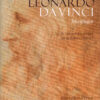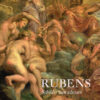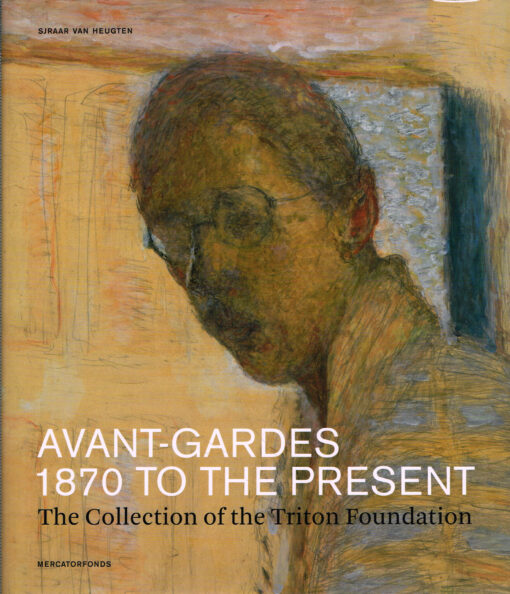Sjraar van Heugten
Avant-Gardes 1870 to the Present
The Collection of the Triton Foundation
€ 95,00 Oorspronkelijke prijs was: € 95,00.€ 39,90Huidige prijs is: € 39,90.
ISBN: 9789061537816.
Bindwijze:
geb
Taal:
EN
Uitgever:
Mercatorfonds
Auteur:
Sjraar van Heugten
Auteur tussenvoegsel:
van
Paginas:
568
Categorie: Kunst.
The expansive collection of the Triton Foundation contains approximately 250 paintings, drawings, and sculptures from more than 170 artists. The core of the collection consists of Western art dating from 1870 to 1970. Many important movements and artists from this century of creative production are represented in ‘Avant-Gardes 1870 to the Present’, and the collection as a whole offers a fascinating overview of artistic developments from Impressionism to modern art avant-gardes, features the diverse and celebrated artists of the Triton Collection.
Gerelateerde producten
kunst
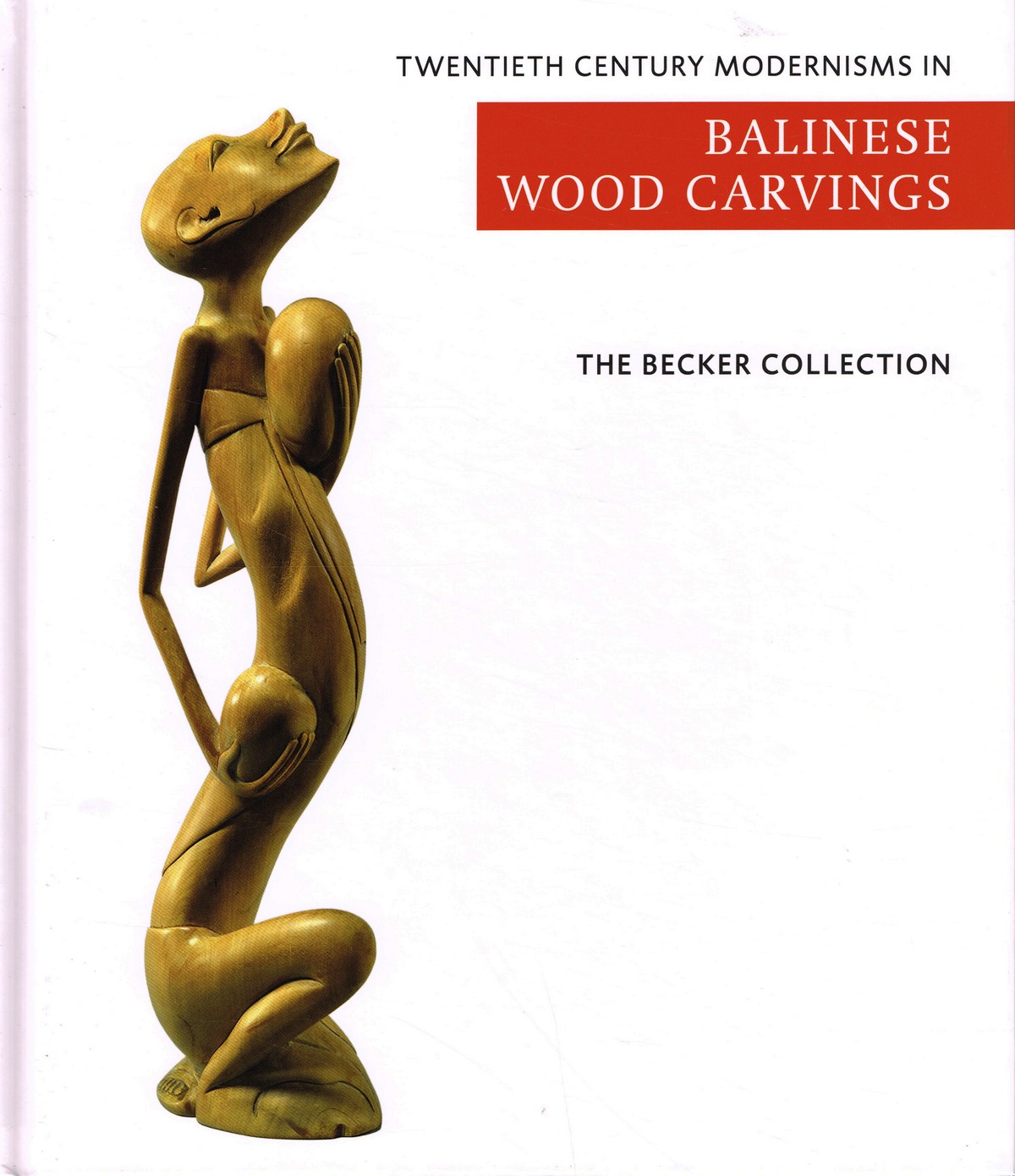
Ton & Mies Becker
Twentieth Century Modernisms in Balinese Wood Carvings
'The Becker Collection - Twentieth century modernisms in Balinese wood carving' contains the private collection of twentieth century ?modern style? Balinese wood carvings, collected by Ton and Mies Becker, both retired medical specialists and collectors of Asian art. Between the 8th and 10th century Hindu influences spread to Bali and blended into the exiting Balinese mix of animistic and Buddhist styles and subjects, known as Bali Aga. Hence, in due time the craftsmen obtained the subjects for their works from the Hindu-Balinese religion and their heroes and demons from famous Hindu epics. This particular style became known in the Western art world as the ?Traditional or Old Balinese style?. In the 20th century the arts and crafts scene in Bali changed completely. First because of Western artist who visited Bali and stayed on to work there and, second, because of the gradual influx of increasing numbers of foreign tourists. In addition the Dutch colonial government started a military campaign to control the powerful kingdoms of central and southern Bali. As a result the local craftsmen lost their royal support and soon realized that foreign tourists were not particularly interested in gods and heroes. Hence, stimulated by some of the Western artists who had settled in Bali, they turned to secular subjects taken from nature and everyday life and became more impressionistic in the execution. This led to a range of new styles, often impressionistic and sometimes even minimalistic and caricatural with bizarre elongated shapes or solid compact forms. In this book we are concerned with this particular type of 20th century ?Modern Style? Balinese wood carving. The catalogue contains 40 objects of ?modern style? wood carving, representing different styles. Each object is photographed, both as an overview and in details if so requested. A brief description of each object is provided, together with the estimated date, and additional information is provided if considered useful. The catalogue is preceded by an essay on the history of Balinese wood carving. Van Spijkgeb - 144 blz
kunst
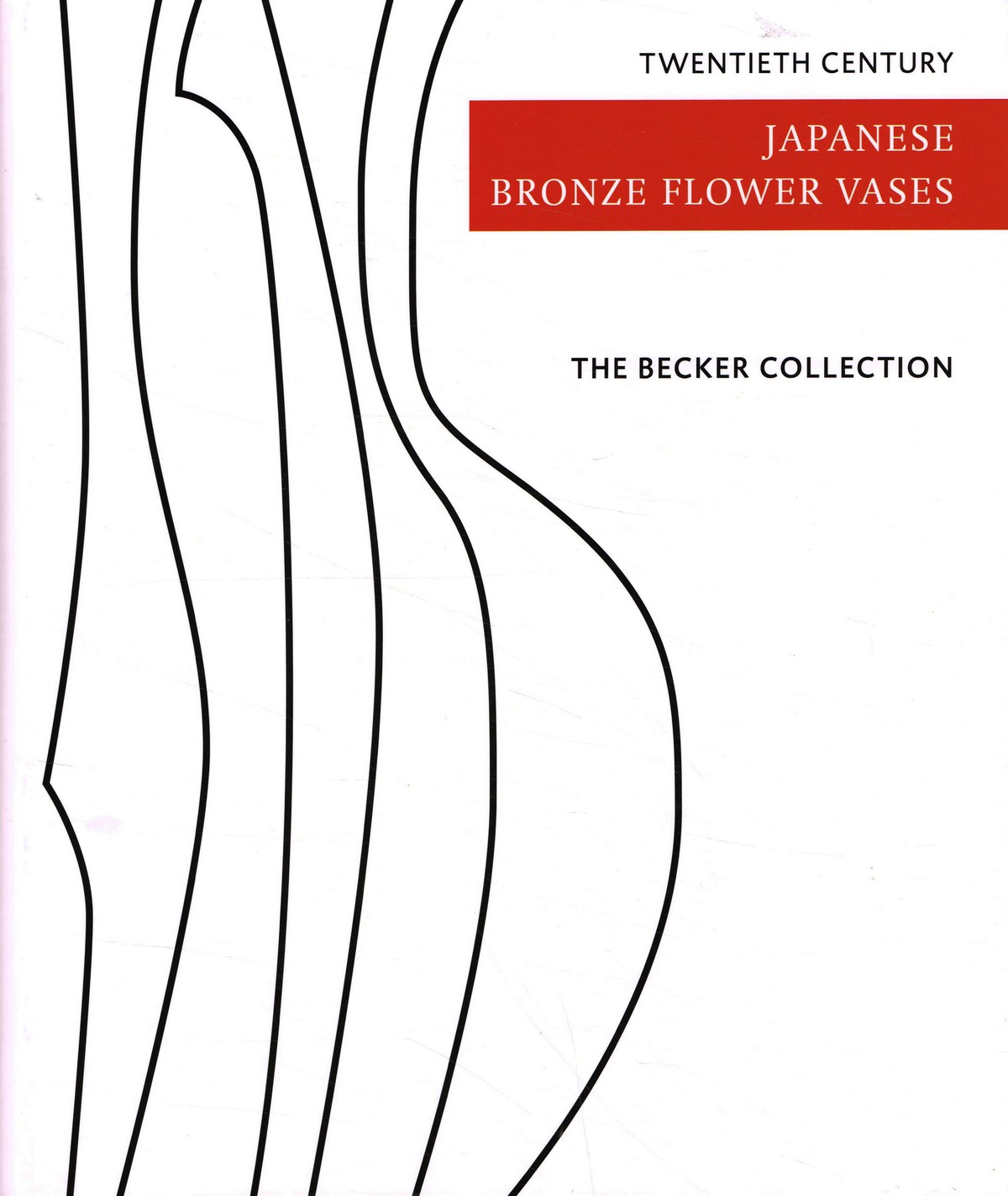
Ton & Mies Becker
Twentieth Century Japanese Bronze Flower Vases
'The Becker Collection - Twentieth century Japanese bronze flower vases' contains the private collection of twentieth century bronze flower vases compiled by Ton and Mies Becker, both retired medical specialists van collectors of Asian art. With the introduction of Buddhism in Japan in the sixth century, bronze containers for flowers to be placed on the altar became important religious objects. In the fifteenth century the Buddhist monk Senno Ikenobô founded the art of flower arranging, which started what nowadays is known as ikebana, the traditional Japanes way of floral art. Presently only the Ikenobô ikebana school still uses bronze flower vases, while all other ikebana schools use other materials like ceramics and bamboo. Following the Meije restauration (1868-1912) the Japanese art world was confronted with Western art styles, in particular the Art Deco movement. The twentieth century flower vases in this collection show a variety in shape and style, in part based on traditional Buddhist temple style vases and in part on the streamlined and geometrical style of the Art Deco movement, albeit often with a distinct 'Japanese touch'. A few introductory essays provide some background information about 'bronzes in Japanese culture', 'the patination of flower bronzes' and 'the tomobako (storage box)'. The catalogue of the vases is arranged according to the bronze worker and presented in alphabetical order in the traditional Japanese way, i.e. the family name first, followed by the given name. All vases are shown together with their tomobako -if available- and with their signature or seal. Brief biographical data are included once available. Van Spijkgeb - 168 blz
kunst
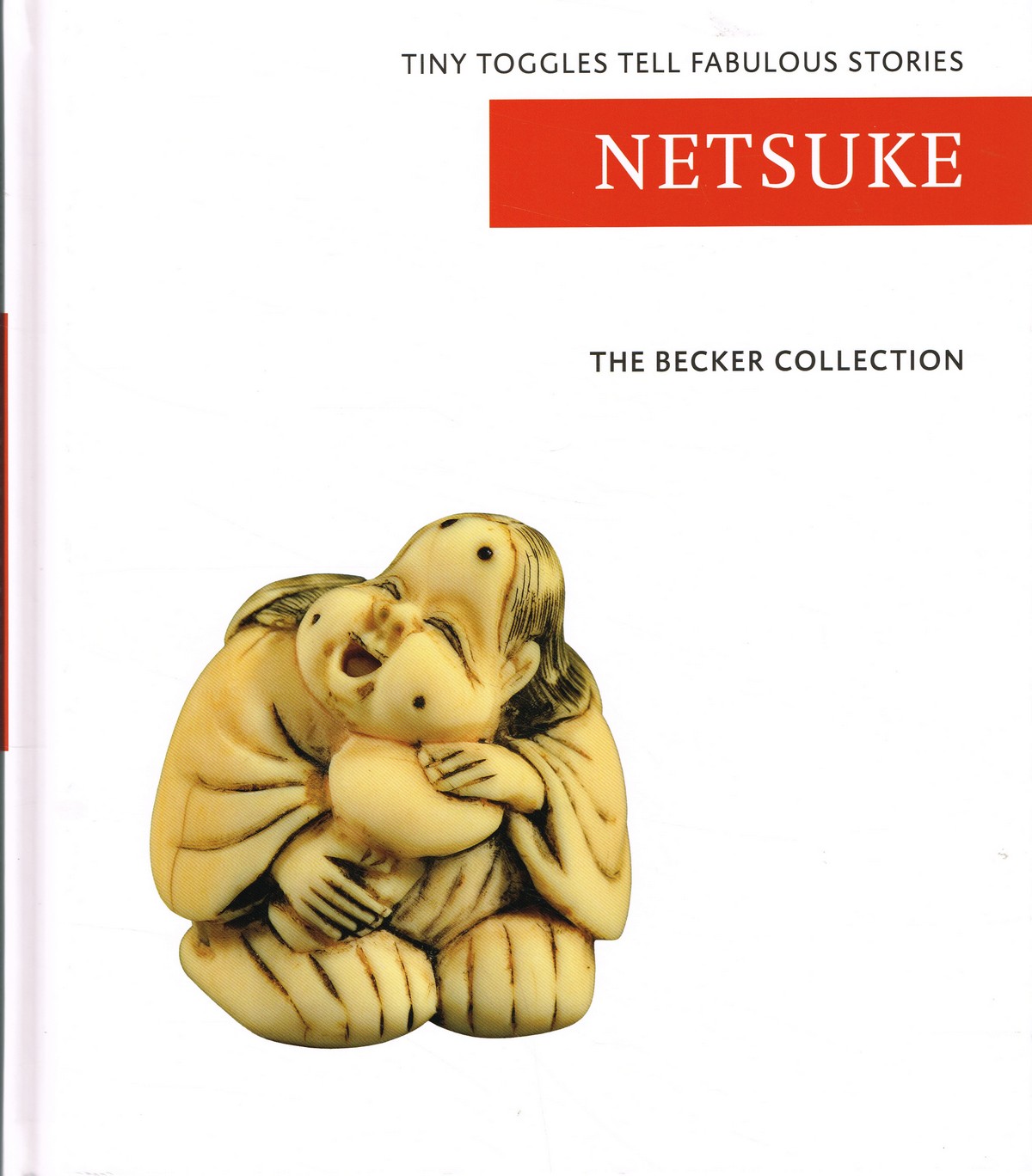
Ton & Mies Becker
Netsuke.
This 'Netsuke, tiny toggles tell fabulous stories' from the 'The Becker Collection' contains the private collection of 216 netsuke and okimono netsuke-style, acquired over a period of approximately 50 years. The collection reflects the personal taste of the Beckers. The world of netsuke is fascinating, not only because of the excellent craftmanship and artistry, but also because of the fascinating stories that underly the choice of subjects by the carvers. The latter has been the main motive to collect these tiny toggles with their fabulous background stories. The Beckers have chosen to organize the catalogue based on the historical evolution of netsuke a part of the sagemono, in a society with a gradual uprise of welfare causing levelling of the ruling hierarchy. Hence, we recognize an early period, up to the late 18th century, a transitional period, late 18th / early 19th century, a middle period, 19th century up till the Meiji era, and a late period, Meiji and beyond, including contemporary netsuke and okimono netsuke-style. Each object has been photographed extensively together with signatures when present. A brief description of each object is provided, together with relevant background information about the subject matter. An essay 'Netsuke in historical perspective' accompanies the catalogue. Van Spijkgeb - 240 blz
kunst
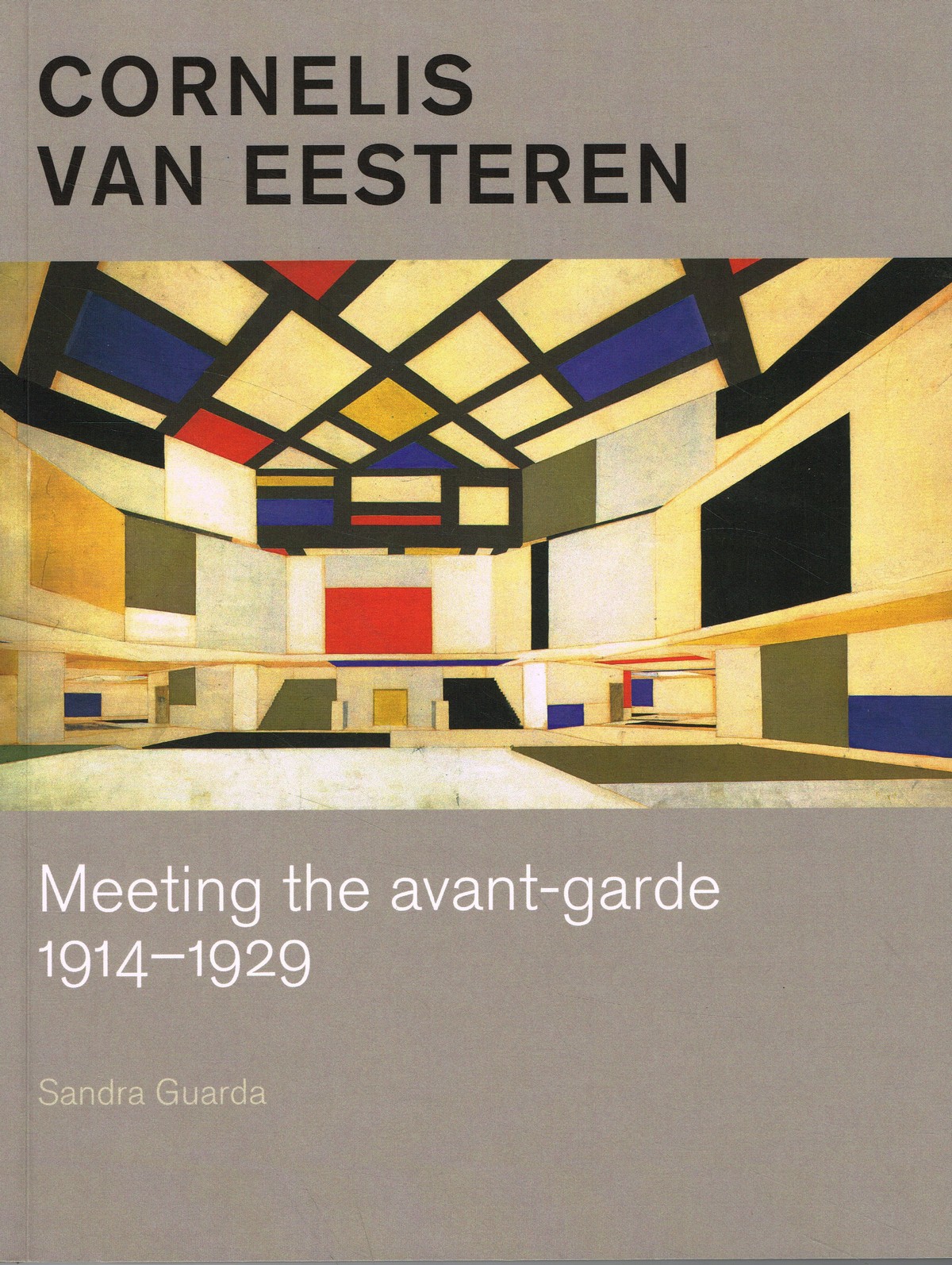
Sandra Guarda
Cornelis van Eesteren
The celebrated Dutch architect and urban planner Cornelis van Eesteren is most famous for his work on the Amsterdam General Extension Plan (AUP), dating from 1934 and implemented after the Second World War, and for his role as the chairman of the International Congress for Modern Architecture (CIAM) from 1930 to 1947. He was a pioneer, and a highly influential figure of modernist urbanism. During his less known 'coming-of-age' years in the 1920s, an exceptionally exciting period in the cultural history of the 20th century, the curious and talented young man was in the right place at the right time. He visited the Bauhaus in Weimar, where he met Walter Gropius, El Lissitzky and Theo van Doesburg, among many others; he spent a week in Vienna with Adolf Loos; he joined De Stijl and collaborated with Theo van Doesburg and Gerrit Rietveld in the now legendary De Stijl exhibition in Paris in the fall of 1923. This chronological account of the events of his youth follows Van Eesteren closely, supported by diary entries and personal letters, and through his encounters, friendships and fallouts the artistic Zeitgeist of the 1920s becomes enjoyably tangible. Thothpap - 96 blz
